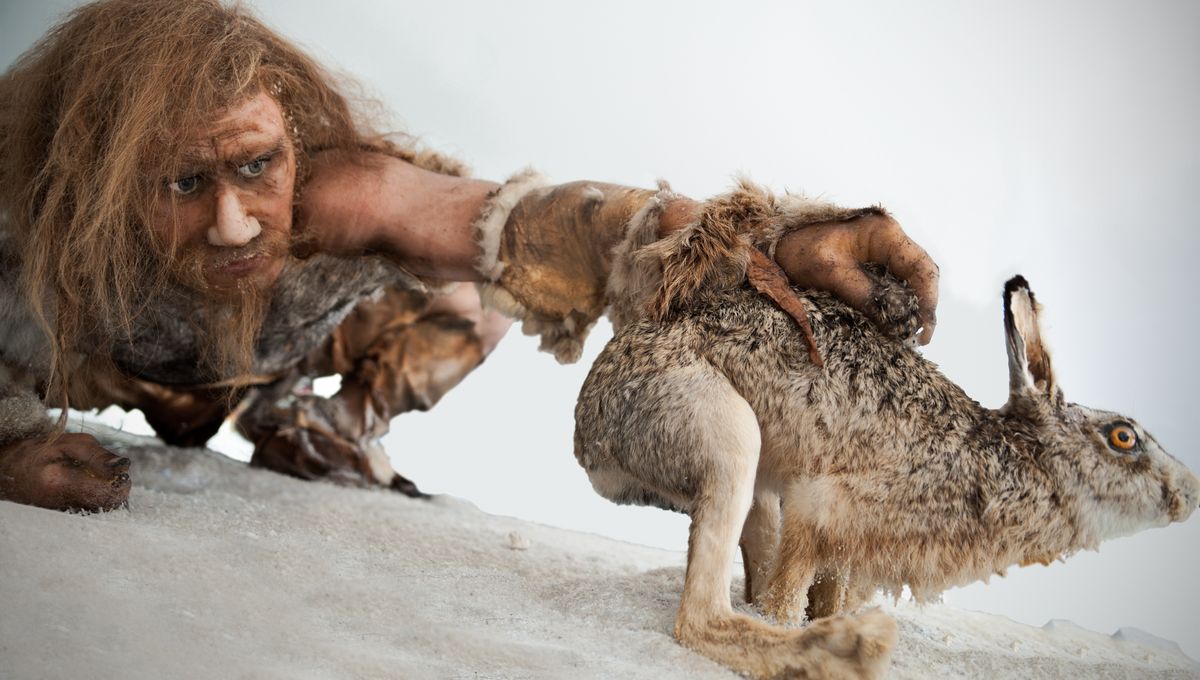
Was blood a factor in the demise of the Neanderthals? New research is showing that Homo sapiens underwent huge changes in their blood groups after leaving Africa, between 70,000 and 45,000 years ago, before spreading across Eurasia.
ADVERTISEMENT GO AD FREE
People’s blood group is all about the presence or absence of specific antigens (proteins or sugars) found on the surface of red blood cells, which are inherited from a person’s parents through their genes.
Not only does the group determine who you can receive a blood transfusion or organ donation from, but it can also offer clues about the distant history of humans. Despite the opportunities it offers, the red cell blood group systems of ancient human populations remain largely a mystery.
In a new study, scientists at Aix-Marseille University in France sequenced the genome of 22 H. sapiens and 14 Neanderthals from Eurasia, dating between 120,000 and 20,000 years ago, to understand the genetics that coded for their blood groups.
They were curious to see whether H. sapiens and Neanderthals shared blood group diversity during the period when the two species met and wildly interbred with each other in the Zagros Mountains and the Levant.
The findings showed that H. sapiens, shortly after migrating out of Africa into Eurasia, developed new genetic variants for the Rh blood group system (including RHD and RHCE alleles). These new alleles were not present in Neanderthals, who had already been living in Eurasia for several hundred thousand years before the arrival of H. sapiens.
Moreover, these new Rh alleles are absent in modern sub-Saharan African populations, further highlighting that the genetic changes must have evolved rapidly in some H. sapiens following their migration out of Africa.
ADVERTISEMENT GO AD FREE
The researchers also identified three ancient blood group traits no longer found in humans today, possibly from a lineage that died out and did not contribute to modern populations that still survive.
At its simplest level, the Rh blood group system is dependent on certain types of protein found on the outside of red blood cells. People can be Rh-positive (they have a “D” antigen on their red blood cells) or Rh-negative (no D antigen). However, there are many different types of Rh blood groups that involve slightly different surface antigens, such as RhCE and RhDCE.
The precise role of the Rh protein isn’t perfectly understood. While it’s thought it could be involved in transporting ammonium and managing pH in the blood, its broader physiological significance is still being investigated.
Nevertheless, understanding the Rh alleles identified in this study is crucial for applications like blood transfusions and pregnancy monitoring.
ADVERTISEMENT GO AD FREE
A collection of unfortunate factors likely contributed to the Neanderthals’ plunge into extinction, it’s possible that the Rh alleles provided an evolutionary advantage to H. sapiens who were exposed to different selection pressures in the new realm of Eurasia.
“For any case of inbreeding of a Neanderthal female with a Homo sapiens or Denisova male, there is a high risk of hemolytic disease [abnormal breakdown of red blood cell] of the newborn,” Stéphane Mazières, lead study author and geneticist at Aix-Marseille University, told Live Science.
“This could have contributed to the demise of the Neanderthal population,” Mazières said.
The study is published in the journal Scientific Reports.
Source Link: Evolution Of A New Blood Group Split Neanderthals And Homo Sapiens In Eurasia